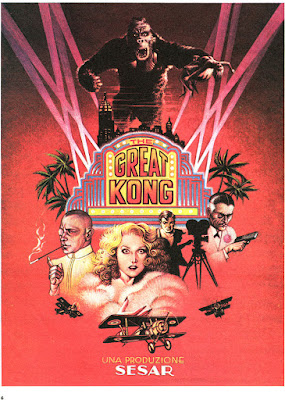by Max Ehrlich
4 / 5 Stars
'The Reincarnation of Peter Proud' first was published in September, 1974; this Bantam paperback (278 pp) was issued in March, 1975, to coincide with the release of the motion picture of the same title.
I remember reading this paperback way back in 1975, but I could only remember the vaguest outline of the book when I decided to re-read now, forty (!) years later.....
The novel is set in 1974, in Los Angeles, where Peter Proud, 27, is a professor of anthropology at UCLA and a rising star in his field.
Life seems to be working out very well for Peter Proud....except for the recent advent of the Dreams. There is a set of 11 of them, and they continuously repeat, night after night. Dreams of unusual vividness and clarity, dreams in which he is the inhabitant of the body of another man, in a time and place different from Los Angeles in 1974. Some of the Dreams are benign, while one is a genuine nightmare.......... a 'Lake Dream' nightmare in which the man whose body he is occupying, is murdered.
The Dreams, and the Lake Dream in particular, have come to dominate Peter Proud's sleeping hours, leaving him stressed and unable to rest. In an effort to address the Dreams, Proud finds himself seeking an explanation from a clairvoyant. From her, he learns that the soul occupying his body has been reincarnated time and again over thousands of years. And its most recent reincarnation is the young man who is murdered in the Lake Dream.
Peter Proud realizes that the only way he can exorcise the Dreams is to identify the young man who is the participant in them, and learn the circumstances of the murder. Using the few scant visual clues he can glean from the Dreams, Proud travels to New England, there to discover that reincarnation is not just an esoteric concept spawned by Eastern mysticism, but a real and genuine manifestation of the supernatural........
'Reincarnation' really doesn't fit into one genre; it's part psychological thriller, part detective story, with some occult and supernatural elements worked into the mix. As with Max Ehrlich's other novels, it's a very readable book that never gets too contrived, and delivers an offbeat, but satisfactory, ending.
I never saw the 1975 feature film based on the novel; most reviewers at amazon give it a good rating.
Summing up, 'The Reincarnation of Peter Proud' is one of the better 70s novels dealing with supernatural topics, and worth picking up.










































































